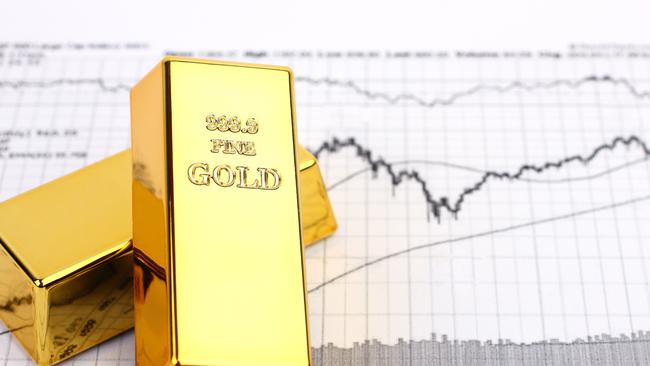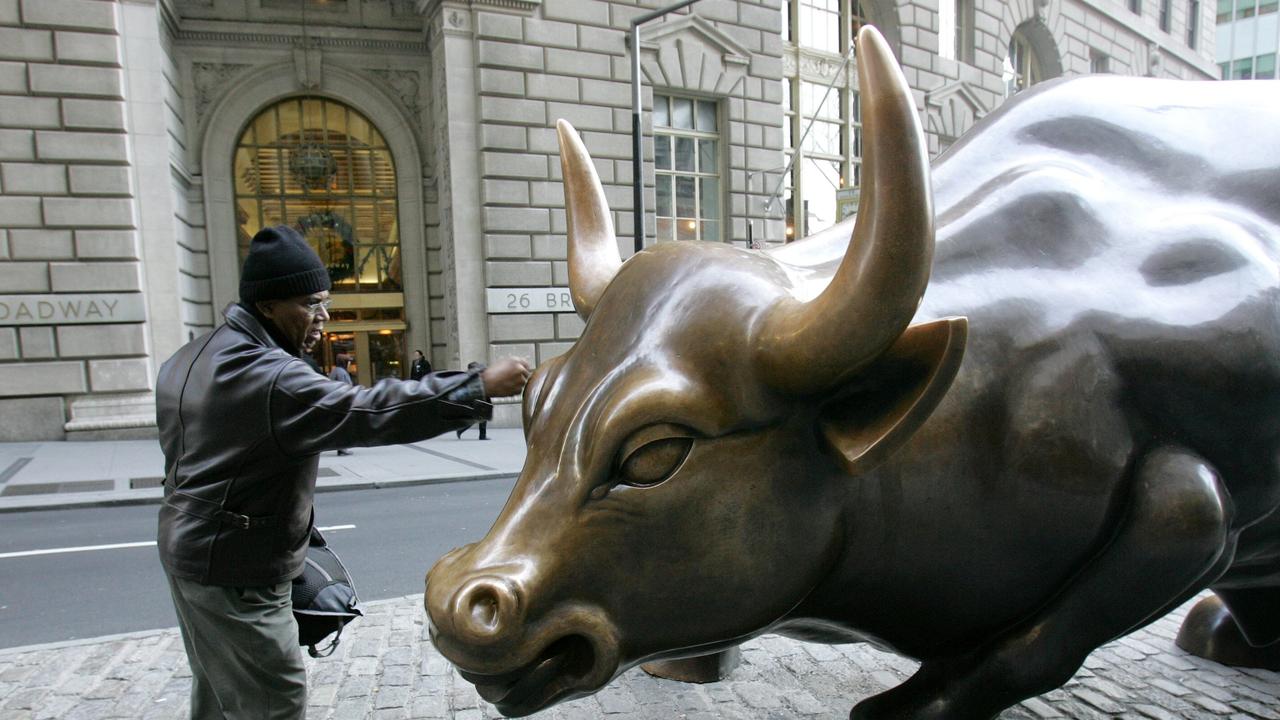Why gold should be in your investment portfolio
There are some very persuasive numbers around the case for gold as an investment choice.

Australian investors moved heavily into gold during the crash last year with overall inflows up 100 per cent while high net worth investors tripled their holdings in the yellow metal.
The swing by private investors – as opposed to big super funds – is revealed in a new research report from the Perth Mint’s investment research manager Jordan Eliseo.
Needless to say most gold industry reports wax lyrical on the charms of the yellow metal and this report is no exception to the tradition. It does, however, put some very persuasive numbers around the case for gold as an investment choice: Importantly the case is made equally for global gold (always priced in $US) and for local investors using Australian dollars.
Gold is currently staging a mild rebound – for the year to date it is almost changed but it had a strong run over the last month rising around 3 per cent.
Currently trading near $US1,890 gold has moved up from $US1,200 over the last three years. Over the long term – that is, over the last five decades since 1970 – it has managed an 8 per cent price increase per annum which many investors struggling with poor cash and bond returns would seriously welcome.
As any gold enthusiast will argue on any given year the megatrends of the moment would seem to favour the metal greatly. No surprise then that ageing demographics, high private and public debt, a reversal of globalisation and the potential for inflation to break out are here referenced as favourable for the gold price.

Either way the numbers speak loudly: Australian investors lifted their gold holdings at the Perth mint by 100 per cent to $US4.5 billion ($5.9bn) last year. Inflows into the mint’s locally listed exchange traded PMGOLD rose 180 per cent.
Meanwhile, very wealthy “high net worth” global investors lifted their allocations from around 1 per cent to 3 per cent of investment portfolios, according to the UBS Global Family Office.
The lack of income from gold in terms of an income yield has always been its key failing: But private investors, it seems, are willing to bet gold will continue to provide good returns under almost any future scenario.
They will also argue the absence of regular income in gold is no longer a differentiator when cash and many bonds are currently offering close to zero yield.
But big super funds traditionally stay away from gold due to the lack of yield and technicalities around holding bullion in storage.
Eliseo argues Australian super funds would have improved overall risk-adjusted returns if they had followed private investors into gold. Citing the ‘eighth largest pension fund in the US’ (Teachers Retirement Texas) the report puts forward the argument that gold can be a hybrid investment essentially offering absolute returns in the manner of alternative investments.
“Gold has the ability to improve risk adjusted returns in diversified superannuation that are superior to bonds and commodities over recent history from 1993 to 2020,’ the report suggests.
And what of gold’s future in a world where investors are putting money into Bitcoin for many of the same reasons: A potential store of value that can offer an alternative to traditional currencies? Eliseo is quick to point out that gold (including jewellery) represents an asset class worth at least $US12 trillion against a current value for Bitcoin nearer to US$600 billion. It’s also secure, transparent and has a 1,000 year old investment track record – it’s hard to argue with that.



